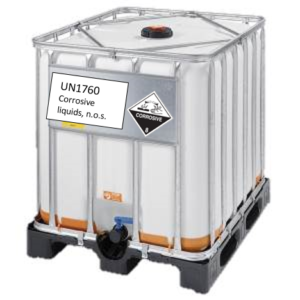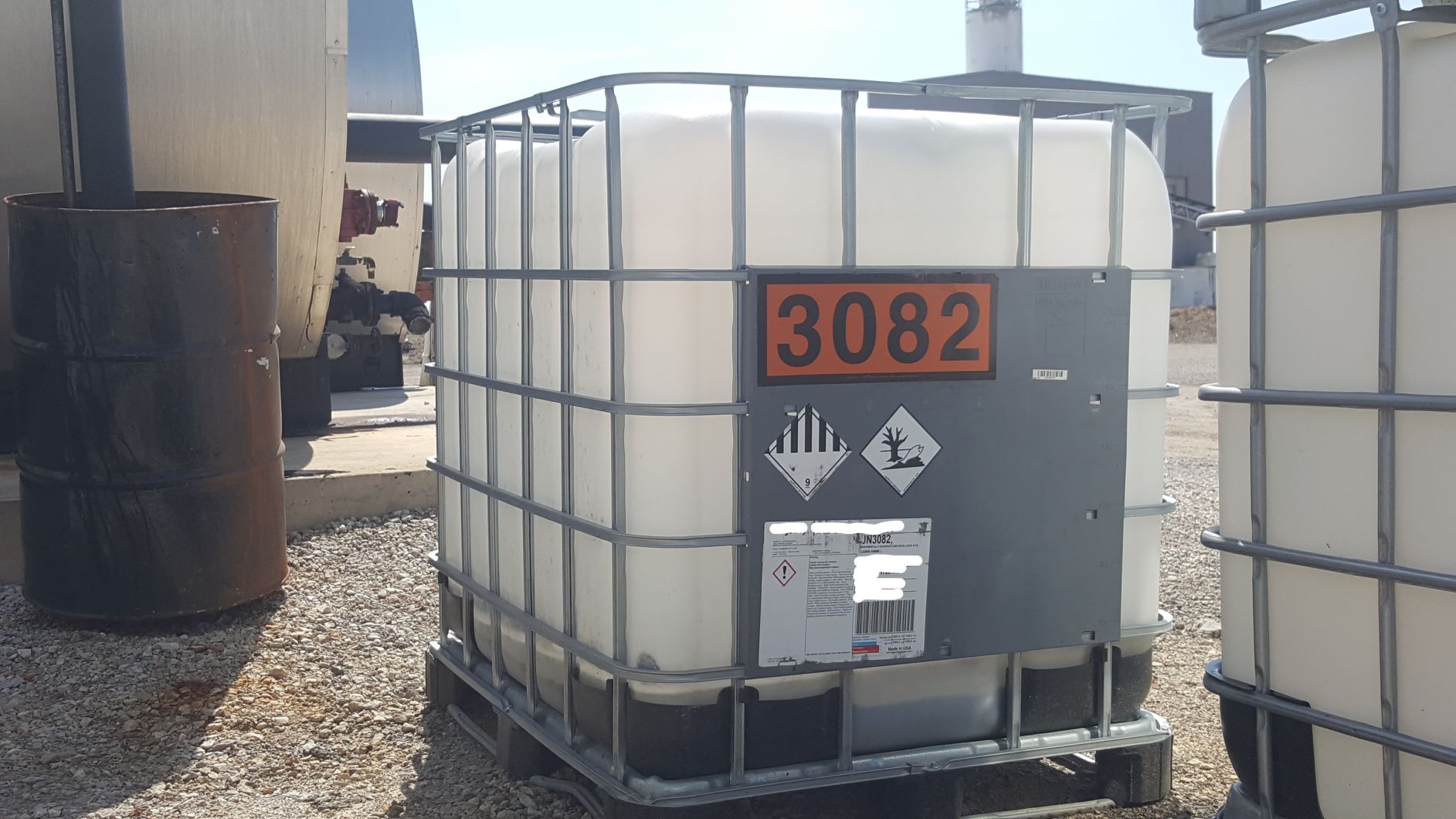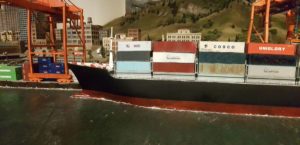A question from a repeat customer on June 8, 2017. (I’m frequently contacted by customers in the interim between their periodic training to answer questions).
Hi Dan,
I hope this finds you doing well.
 During the training session back in April, there was a question raised about “do we need to apply a placard to IBCs or can we use the 4” x 4” labels”. I cannot remember what the answer to this question was.
During the training session back in April, there was a question raised about “do we need to apply a placard to IBCs or can we use the 4” x 4” labels”. I cannot remember what the answer to this question was.
We ship a number of IBCs of class 8 material not only domestically but also via ocean and today we place a class 8 placard on opposing sides of the IBC. Is this required or can we use the smaller 4” x 4” class 8 label?
Thanks for the help.
Best regards,
Contact me with any questions you may have about the transportation of hazardous materials by air, highway, vessel, or rail International and Domestic Daniels Training Services, Inc. 815.821.1550 |
My reply that same day:
Thank you for contacting me.
- For transportation within the U.S. according to the regulations of PHMSA, there are several options for the marking, labeling, and/or placarding of an IBC. One option available is to mark and label the IBC in the same manner as a non-bulk packaging. This means a single HazMat label (4″ x 4″) near the proper shipping name and the identification number (ID number at least 12 mm high). This article I wrote explains the available options, including the above: How to Mark, Label, and/or Placard an IBC of HazMat.
- The requirements for hazard communication on an IBC per the regulations of the IMO are not immediately known to me. I will need to research the answer and reply.
I hope this helps.
He was grateful, but I wasn’t done!
Thanks Dan!!
It took me until the next day to research the Dangerous Goods Code of the International Maritime Organization (IMDG Code):
I now have an answer to the second part of your question. Please see below.
- Per the IMDG Code, an IBC of more than 450 L (119 gal) must be marked on two opposing sides (5.2.1.4) and must be labeled on two opposing sides (5.2.2.1.7).
- This differs from the domestic regulations of PHMSA which has many options but includes an option to label and mark on only one side.
I hope this helps. Please contact me with any other questions.
His reply the same day (06.09.17):
Hi Daniel,
Thanks for this information. The last part of our question relates to the size. Today we place a placard on each side of the tote but we are wondering if we can use a 4” x 4” label instead. This would be easier and less costly.
Thanks again.
I wished to clarify the information:
In both instances (domestic and international) a 250 mm x 250 mm (approximately 4″ x 4″) HazMat label is acceptable.
Wow! Look at all those exclamation marks! I think I helped him to save his company a lot of money!
Thanks!!!!!!
Interested in site specific training at your site that covers this topic, and more! Ask me about my Onsite Training |
Conclusion:
This exchange illustrates several important points about the applicable regulations and my services:
- The transportation of hazardous materials is subject to a variety of regulations based on its mode – aircraft, vessel, rail, or highway – and its destination – domestic or international.
- My International Maritime Organization (IMO) training will meet the requirements of the regulations and will inform you of ways that you can comply with the regulations and save money.
- It costs money to comply with the regulations but there are ways for a business to save money without violating the regulations. The options available for the labeling, marking, and/or placarding of IBCs is just one example of that.


